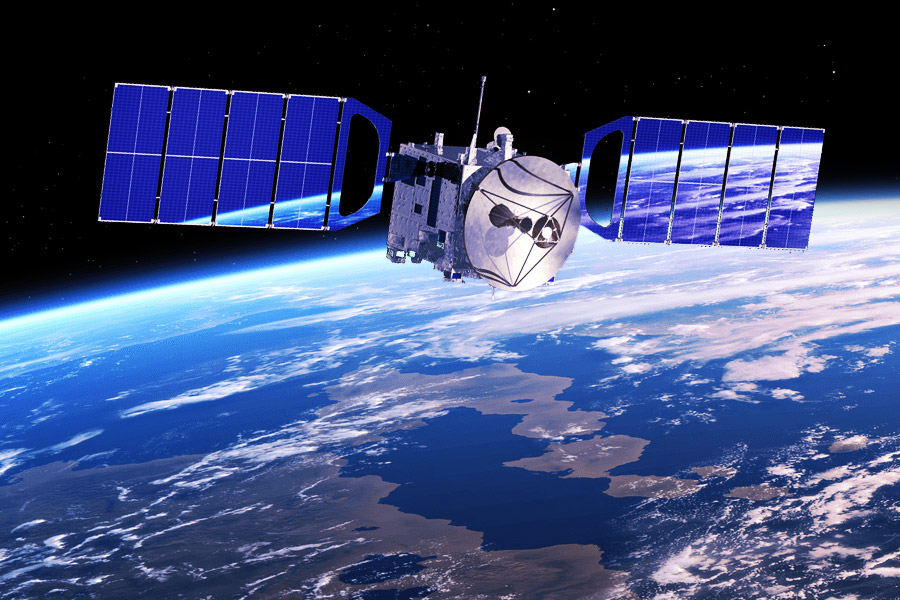Satellites: Evolution of Technology
4th Feb 2020
Mankind has come a long way since launching the first orbiter into space more than 60 years ago. A lengthy cold war may have been an impetus for space exploration, but this has inadvertently allowed us to progress like never before. Over the years, satellite evolution has been constant, and it has revolutionized many aspects of our day to day life. This evolution, though, is a continuous process, and it is unlikely to stop anytime soon.
Early Days of Technology
A massive difference between older and modern orbiters would be the diverse means of communication. Purely in terms of technology, the vehicles required a lot of prelaunch testing. This was a process that consumed time and resources. However, satellite technologies have evolved in such a way that it is now capable of conveying information very rapidly. Every modern vehicle is fixed with a digital payload that carries all the components necessary for communication.
Satellites are frequently circling the earth on an orbit determined by the instruments or applications on board. There may be occasions when the satellite is placed in a geostationary orbit, which means that it rotates in sync with the Earth. In this case, a vehicle will be positioned at a specific point so that it is constantly able to observe a very specific area of our planet, typically for weather observation or communication purposes.
Progress and Evolution
One of the common features of satellite communication today happens to be phased array transmissions. These were not popular during the 1950s and 1960s. In fact, their usage has been minimal compared to now. The adoption of this technology has allowed broadband capability to reach vehicles on land and sea. It has also enhanced Internet access throughout the world. Even though phased array transmission is costly satellite technology, it is often seen that the advantages provided can far outweigh the significant cost.
Satellite Evolution: Consumerism
Undoubtedly, smartphones have been one of the most obvious beneficiaries of advanced satellite technology.
Satellites are clearly heading into the world of consumerism. The smaller ones have started receiving a lot of traction over the last few years. They can extend into the consumer market, just like any other product. It is possible to use this vehicle for scientific explorations, as they are quite flexible and for lower costs. However, taking them into a consumer world can result in a lot of debris in outer space. It is already a major problem as it could potentially lead to an orbit full of garbage that can prevent any other technology from progressing.
Next-Generation Satellites
The development of satellite technology has entered into the next generation, where it is no longer just about providing a means of communication. Instead, next-generation vehicles are expected to play a significant role in empowering communities, serving governments, improving trade, assisting businesses, and supporting humanitarian work in various parts of the world.
Satellites can achieve better levels of efficiency and reduced cost when they are placed in low Earth orbit. Even though plans for coming up with low earth orbit projects are challenging to deliver, this can result in a lot of improvements in signal capacity for example. At the same time, the evolution of satellites has been quite humongous. Even geostationary vehicles can send and receive a lot of data. The evolution of satellite communication has been such that data is now transferred in gigabytes per second rather than megabits per second. Many of the modern geostationary orbiters can play a crucial role in the evolution of the internet and they are likely to be key in improving broadband communication.
Satellites have been key to connecting humans around the world and improving the lives of many of world’s populations. Life as we currently know it would not exist without satellites and there is no sign of there being any slowdown in the level of advancement we are witnessing. It is highly unlikely that they have reached their peak.






Thank you for your comment! It will be visible on the site after moderation.